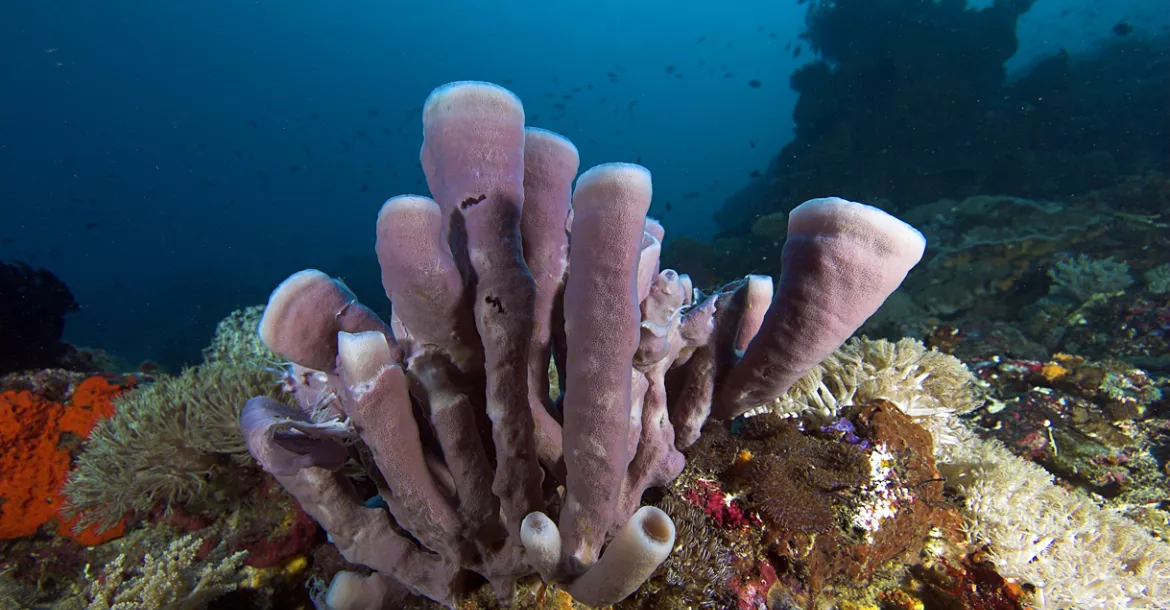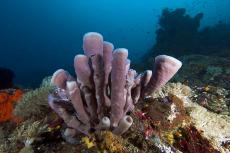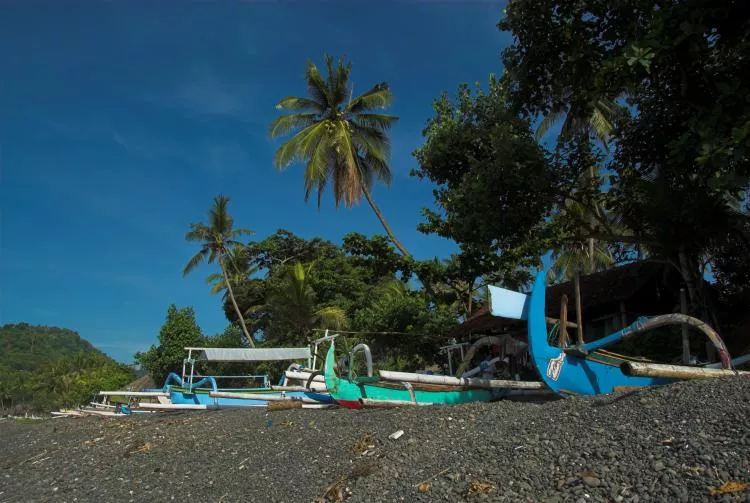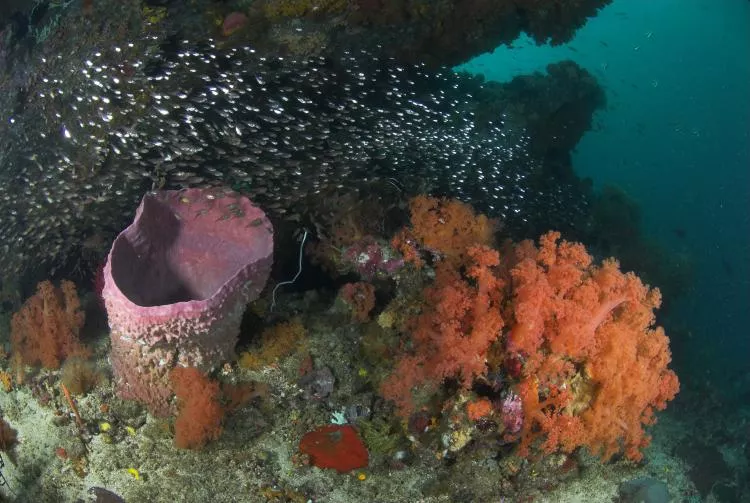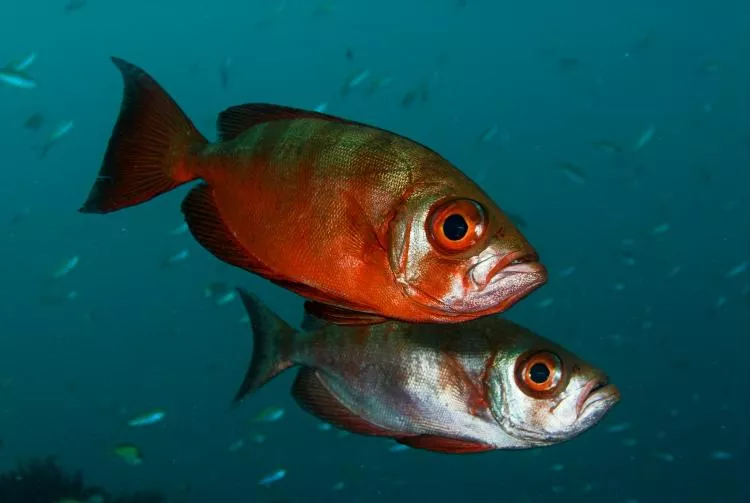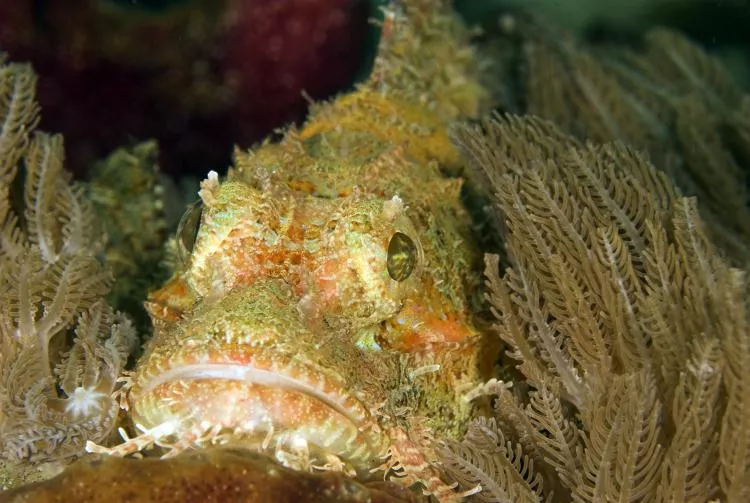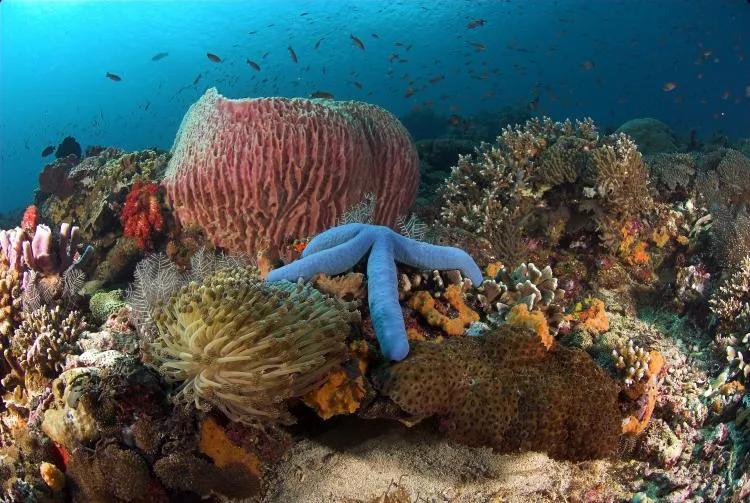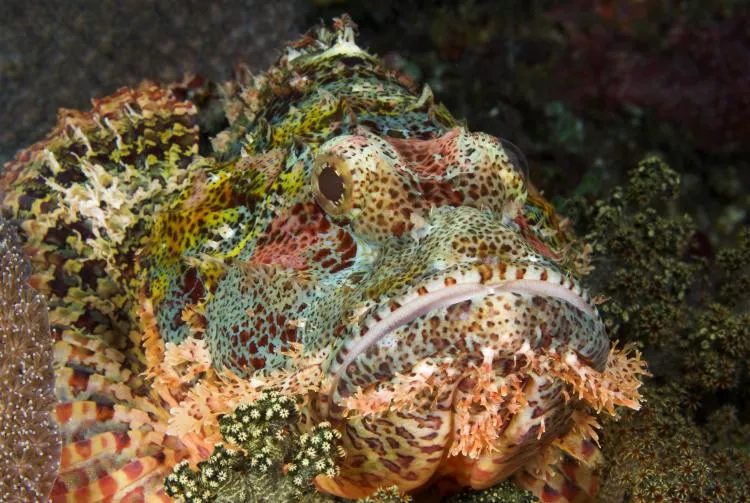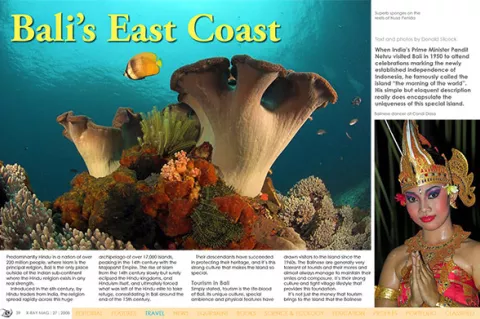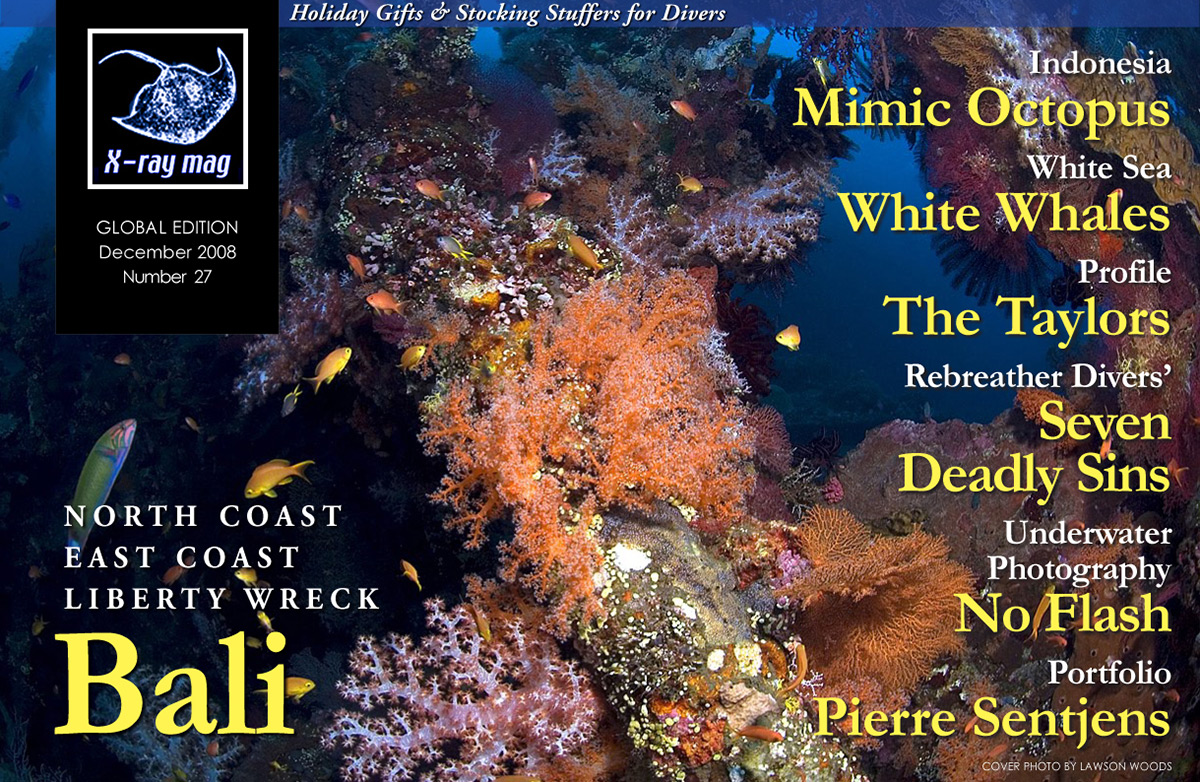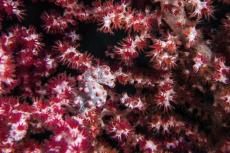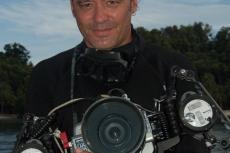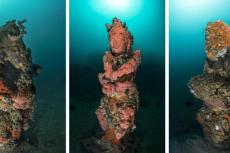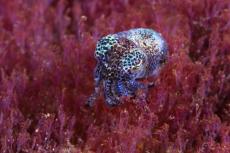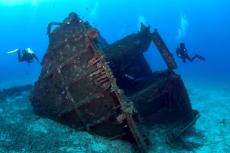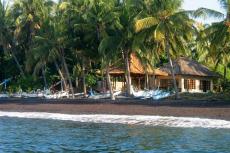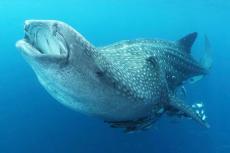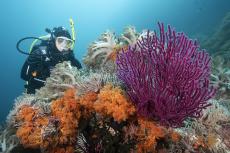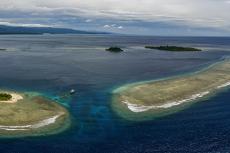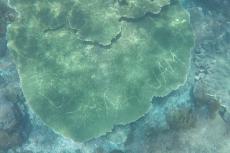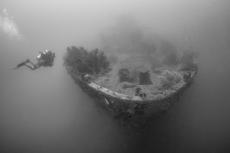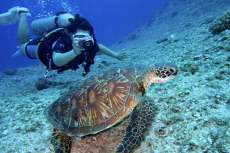When India’s Prime Minister Pandit Nehru visited Bali in 1950 to attend celebrations marking the newly established independence of Indonesia, he famously called the island “the morning of the world”. His simple but eloquent description really does encapsulate the uniqueness of this special island.
Contributed by
Introduced in the 6th century, by Hindu traders from India, the religion spread rapidly across this huge archipelago of over 17,000 islands, peaking in the 14th century with the Majapahit Empire. The rise of Islam from the 14th century slowly but surely eclipsed the Hindu kingdoms, and Hinduism itself, and ultimately forced what was left of the Hindu elite to take refuge, consolidating in Bali around the end of the 15th century. Their descendants have succeeded in protecting their heritage, and it’s this strong culture.
Tourism in Bali
Simply stated, tourism is the life-blood of Bali. Its unique culture, special ambience and physical features have drawn visitors to the island since the 1960s. The Balinese are generally very tolerant of tourists and their mores and almost always manage to maintain their smiles and composure. It’s their strong culture and tight village lifestyle that provides this foundation.
It’s not just the money that tourism brings to the island that the Balinese like; they are genuinely open and friendly to foreigners as any study of their history shows.
Tourism can be roughly divided into three groups. There are the mass-market visitors for whom the southeast corner of the island caters. The so-called “tourist triangle” of Kuta, Nusa Dua and Sanur caters for every variation possible from the low end budget accommodation in Losmens, to the very top end of town and everything in between. Beaches, restaurants, bars and nightlife provide everything that these visitors want from their vacations, which typically last about seven days.
The second group are those coming in search of the ‘real Bali’. The exact location of this mysterious place is not really clear, apart from it not being anywhere near the tourist triangle. However, the most likely location is the town of Ubud up in the hills north of Denpesar, although there is a counter argument that it’s really in Seminyak at the western edge of the tourist triangle.
Ubud is certainly a charming place that combines the best of both worlds—so charming that my wife and I have actually bought a place there!
The third group is those visitors who come to sample what the seas surrounding Bali have to offer. By far, surfers dominate this group, and Kuta, the epicenter of the tourist triangle, became what it is because of the quality of the breaks just off the beach there.
Second to the surfers are us divers who are attracted to the island because, unlike many other locations in Indonesia, it offers a great combination of diving and things to do and see when we are not underwater. Also Bali, along with Jakarta, is a “hub” that caters for international flights and allows the onward dive traveler to get to places like Manado and Sorong.
Many divers choose to break their long international journeys and sample the delights of Bali for a few days.
( ... )

